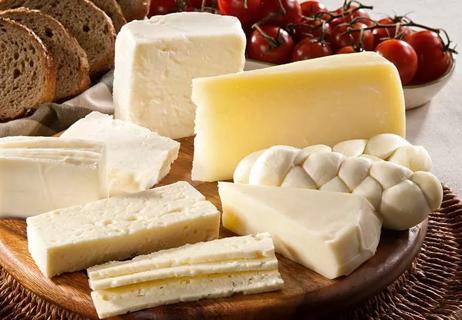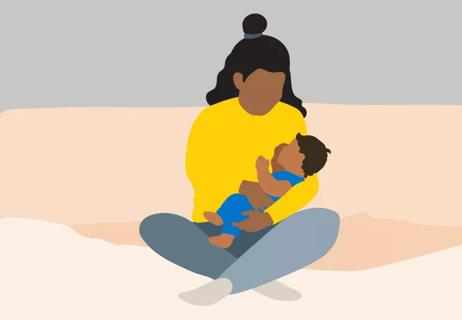How to help your child build healthy bones

“But I don’t want milk! Do I really have to drink it?”
Advertisement
Cleveland Clinic is a non-profit academic medical center. Advertising on our site helps support our mission. We do not endorse non-Cleveland Clinic products or services. Policy
Coercing kids to consume calcium is a daily struggle for some parents. We all know milk is good for bones, but isn’t there another option? What about kids who don’t like milk or can’t have dairy due to lactose intolerance?
Pediatrician David Shafran, MD, understands. Here are the top five things he wants parents to know about milk, calcium and helping kids build strong bones.
There’s no way around it. “Calcium is extremely important for bone growth, especially when kids are growing fastest, between ages 9 and 18,” Dr. Shafran says. “In their 20s, they will achieve peak bone mass. The stronger their bones then, the less risk of developing osteoporosis later.”
According to the National Institutes of Health, here’s how much calcium children need each day:
Calcium is a must for adults as well (1,000–1,200 mg/day), but only to replenish bone that naturally breaks down throughout life. After puberty, you can only maintain bone strength — you can’t increase it, no matter how much calcium you get.
“Milk, yogurt, cheese and other dairy products are the best and easiest ways to consume calcium,” Dr. Shafran says. One cup (8 oz.) of milk has about 300 mg of calcium. So, three cups of milk per day can put tweens and teens close to their recommended daily intake.
Advertisement
“Even chocolate milk counts,” says Dr. Shafran. “Ice cream counts, too.”
Lactose-free milks, including soy milk and rice milk, are good sources of calcium for kids who are lactose intolerant. Some green, leafy vegetables also contain calcium, as does calcium-fortified orange juice – which is almost as bone-building as milk.
Compare the calcium in these foods:
“It’s very rare that I recommend giving a child calcium supplements,” Dr. Shafran explains. “Because so many foods are fortified with calcium, it’s hard not to eat it.”
The same is true for vitamin D, which helps the body absorb calcium. While many adults take vitamin D supplements, kids usually get enough through vitamin-fortified foods — or by getting 5 to 10 minutes of sunshine each day.
Kids under one year should get about 400 IU of vitamin D a day. After age 1, that recommendation is bumped up to 600 IU.
“Exposure to sunlight for 5 to 10 minutes two or three times per week — optimally between the hours of 10 a.m. and 3 p.m. — gets you 3,000 IU of vitamin D,” Dr. Shafran adds.
Diet isn’t the only factor in bone growth and development. Dr. Shafran notes that physical activity — particularly exercise that puts stress on your muscles and bones — is equally important. Weight-bearing exercises include:
According to the National Institutes of Health, children and teens should get at least 60 minutes of physical activity each day and do weight-bearing exercise at least three days per week.
So, if your kids have a bone to pick with milk, don’t worry. They still can get calcium from other sources and strengthen their bones with weight-bearing exercise.
Helping your child or teen learn bone-healthy habits now can build them up for a strong future.
Advertisement
Learn more about our editorial process.
Advertisement

You want to get enough but avoid hypercalcemia — and protect your heart

From fatigue to seizures, the symptoms of hypocalcemia can impact more than your bones

Moderation is key: A good source of calcium and protein, but it’s also high in calories and sodium

High milk consumption linked to higher mortality, hip fractures

There are several vitamins and mineral supplements that many people can benefit from — but it’s important to consult with a healthcare provider before you start one

No single food will increase your milk, but an overall healthy diet will help

This essential mineral is key to healthy bones and teeth, but also plays other important roles

Rich in calcium and protein, milk has 18 of 22 essential nutrients that your body needs

Type 2 diabetes isn’t inevitable with these dietary changes

Applying a hot or cold compress can help with pain